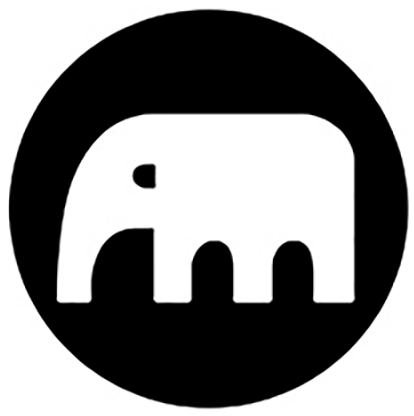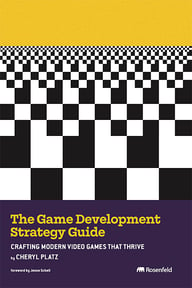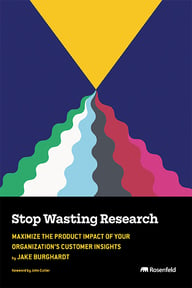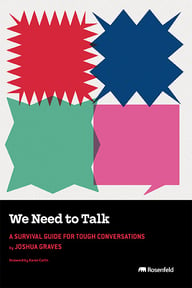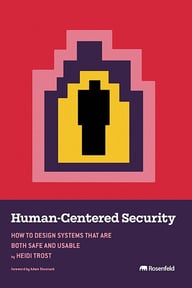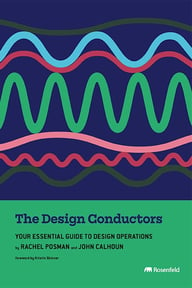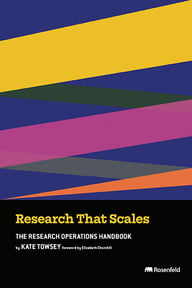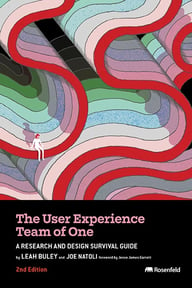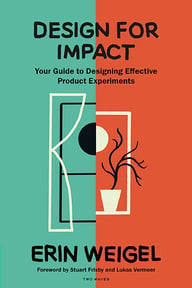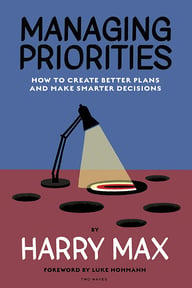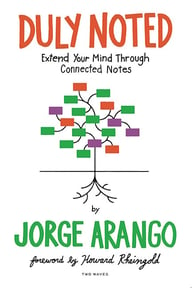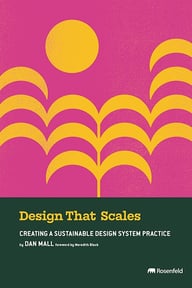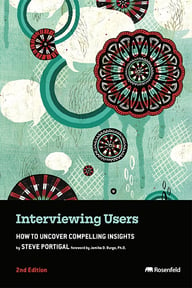Summary
Video can be so much more than just a presentation aid and a way to engage stakeholders; it can also be a means to explore, understand, and convey deep human truths. Through the lens of documentary filmmakers and visual ethnographers, film can be a powerful medium with which to capture context and emotion, and tell nuanced stories. In this fireside chat with three design researchers who have extensive experience working with video and documentary techniques, you will hear how they integrate documentary filmmaking approaches and methods into their research practices.
Key Insights
-
•
Documentary filmmaking involves active collaboration between filmmaker and subjects, not passive observation.
-
•
Visual anthropology backgrounds help design researchers see cultural context and material culture as core story elements.
-
•
Video serves as both a data capture tool and a medium for thinking about and analyzing research information.
-
•
Authenticity in video research requires balancing participants’ self-representation with researchers’ storytelling perspectives.
-
•
Structured video scripts asking participants for environment and personal response shots improve remote video ethnography.
-
•
Multi-tiered video deliverables—from highlight clips to full contextualized stories—better serve diverse stakeholder needs.
-
•
Good storytelling in research videos helps insights travel through organizations, fostering empathy and shared understanding.
-
•
Video can connect remote and distributed teams by enabling collaborative synthesis sessions with rich audiovisual material.
-
•
Interpreting video data collaboratively uncovers multiple perspectives and challenges team assumptions.
-
•
Tools like Reduct’s Video Board facilitate organizing, tagging, and collaborative manipulation of video clips in research workflows.
Notable Quotes
"Film is not just a way to capture information, it’s a way to think about information."
"The fly on the wall approach is a myth; interaction between filmmaker and people is what makes documentary film interesting."
"If ethnographic film is just observational, then it’s just a security camera and a bank, and I want no part of it."
"We answer questions differently when we’re living life and doing activities than when we’re sitting down facing the camera."
"People now carry incredibly powerful cameras everywhere, changing how stories are told and represented."
"Great stories travel through organizations freely when they connect to what really moves and motivates people."
"Different stakeholders interpret stories differently, and those conversations are valuable for deeper understanding."
"Autoethnography and video diaries enable participants to capture aspects of their lives that researchers might not see otherwise."
"Contextualizing sound bites or clips is crucial; otherwise, they risk losing meaning when separated from their original story."
"Collaboration with participants via video is possible even in constricted remote or hybrid work environments with the right methods."
Dig deeper—ask the Rosenbot:
















More Videos

"You will never get to the point where you don't have to teach UX over and over again because people forget and new people come in."
Susan WeinschenkEvaluating the Maturity of UX in Your Organization
January 15, 2020

"People love when you end early — giving them back five minutes makes you the hero of the week."
Shazia Ali Bruce Gillespie Joyce Lee Andy WarrCommunication: Innovative techniques for making your voice heard [Advancing Research Community Workshop Series]
August 21, 2024

"Accessibility is not a shackle; it’s a way to expand our minds and innovate."
Sam ProulxAccessibility: An Opportunity to Innovate
March 9, 2022

"I like to think of AI as a compass and not a map."
Gillian Salerno-Rebic Mark MicheliRedefining Speed and Scale: How Accenture’s GrowthOS Uses AI-Simulated Insights to Reduce Risk and Accelerate Innovation
June 10, 2025

"Steve Bennett asked, what’s beyond ease, leading us to study companies known for delighting their customers."
Kaaren HansonStop Talking, Start Doing
June 9, 2017

"The self-care industry is commodified; true healing requires organizational change, not just personal coping tactics."
Matt Bernius Rachael Dietkus, LCSW Aditi Joshi Alba VillamilLearnings from Applying Trauma-Informed Principles to the Research Process
March 10, 2022

"Screen reader users control how metadata or tooltip voices are played, it’s a personal setting, not dictated by web designers."
Sam ProulxDesigning For Screen Readers: Understanding the Mental Models and Techniques of Real Users
December 10, 2021

"Mirror neurons are triggered when we listen to a story, allowing us to empathize by identifying shared commonalities."
Bilan HashiThe Tension Between Story Collecting and Story Telling in Research
March 10, 2021

"Pair design is about two perspectives coming together as peers to quickly try and evaluate ideas."
Gretchen AndersonScaling the Human Center
June 8, 2017
